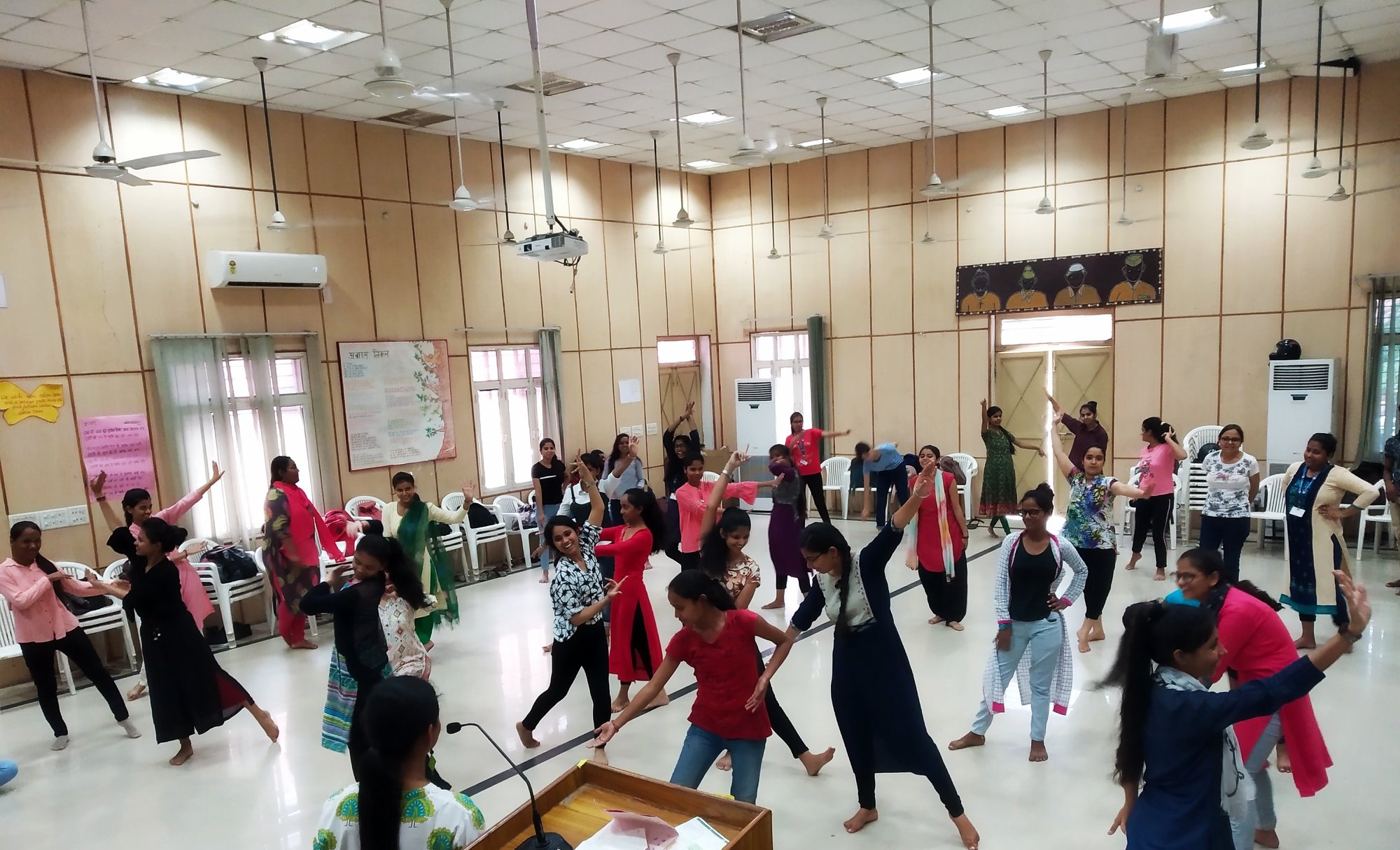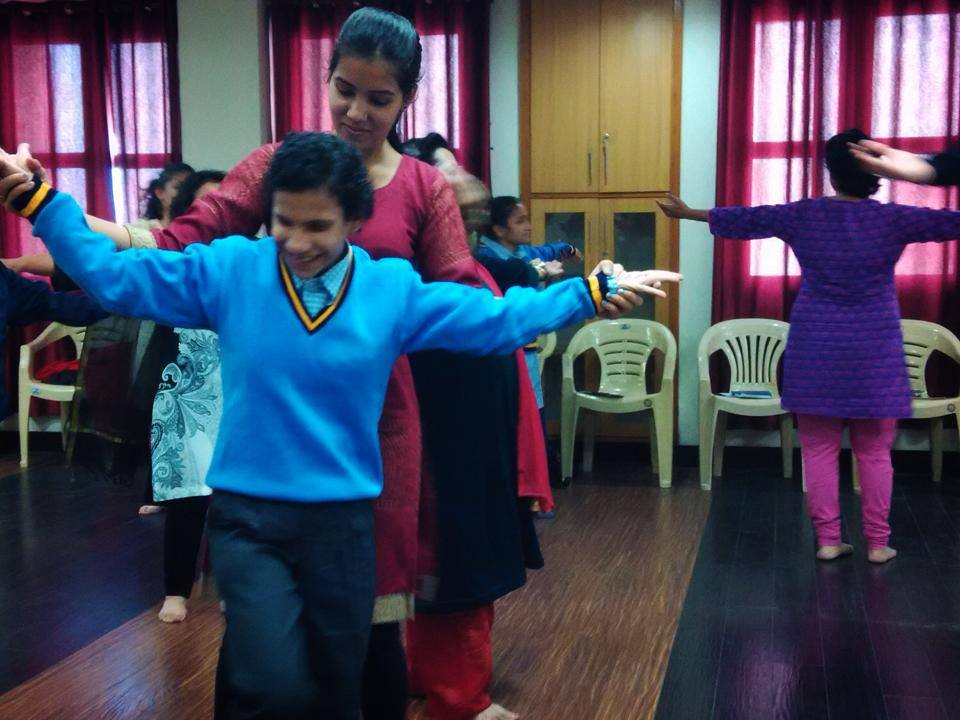DMT Applications
Creative/ Dance Movement Therapy (CMT or DMT) is utilized in varied settings and has empirically been proven to benefit many populations and sectors.
STRUCTURE OF A SESSION
Based on the objectives, needs and issues of the target group, defined by the discussions and assessments made before and during the first few sessions, DMT practitioners customize their intervention to address short and long-term objectives. A typical session structure may include a warm-up, followed by movement activities, verbal processing, cool-down and closure.
POPULATIONS/SECTORS OF APPLICATION
Community

DMT is widely used in government organizations, NGOs, educational institutions and corporates. DMT focuses on helping clients improve self-esteem and body image, develop effective communication skills and relationships, gain insight into patterns of behavior and create new options for coping with problems. Long-term therapeutic projects with vulnerable sections of society such as the LGBTQ community, the elderly, visually impaired, children with special needs, underprivileged children, and others. It is used in the corporate sector to enhance employee wellness, productivity and workplace engagement. In schools and colleges, CMTAI carries out introductory workshops, courses and skill development training.
Clinical

Creative Movement Therapy also plays a vital role in developing recovery plans while treating patients in hospitals, mental health institutions, and rehabilitation centers. Treatment plans for recovery are designed based on their medical records and meaningful partnerships with professionals from other disciplines. Individual and group therapy sessions are conducted with hospital patients for disease management and recovery. It is used to address mental health issues in various settings like nursing homes, psychiatric wards and medical and counselling centers. Clients with developmental and psychological impairments benefit from these sessions. DMT serves as an excellent medium to work with special needs groups like children and adults with autism, down’s syndrome, behavioral issues and learning disabilities. It also is used for rehabilitation of the physical body like; in cardiovascular hospital settings, cancer care, sports rehabilitation, Parkinson's rehabilitation, to name a few.

